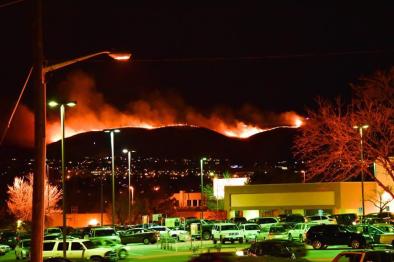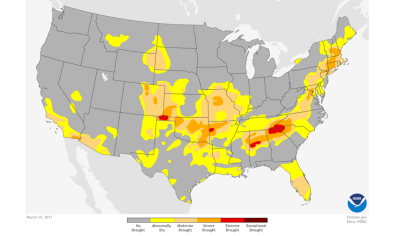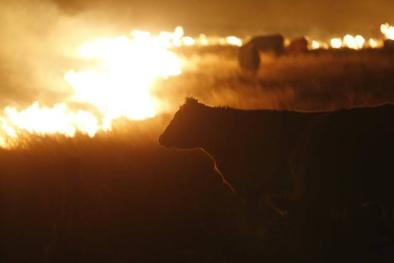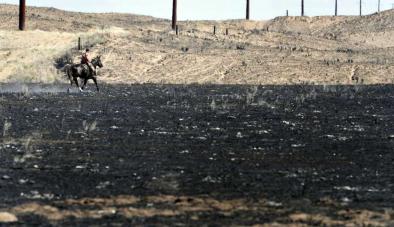Kansas wildfires: These cattle ranchers just lost everything
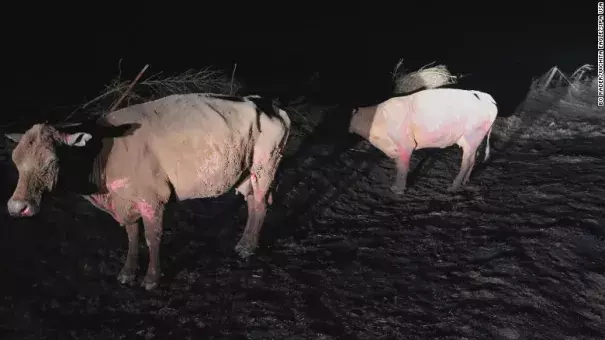
Rancher David Bouziden lost his home, his ranch and nearly all his cattle in wildfires that swept through Kansas this week.
"I'd say personally we probably lost close to 150 head, maybe," he said. "That's probably 90% of our cattle."
Bouziden barely escaped the blaze, which set a state record for the most widespread single fire. On Monday, he was plowing a fireguard on his ranch in Clark County in Southwest Kansas when flames propelled by near-70 mph winds struck the pasture, he said. The smoke engulfed him, forcing him from his tractor to struggle through soot and ash. He could hardly see, he said, but managed to distinguish the outline of a hay shed where his pickup truck was parked.
Bouziden was able to drive to safety, but nearly all his cows were killed in the fire that consumed his home, three outbuildings, hay barns and machinery sheds.
"It burned every acre of the ranch. There's not a blade of grass standing out there."
Bouziden's family has been in ranching for nearly 100 years, since his grandfather bought a few cattle in the 1930s. "This is all I've ever done," he said.
His experience is typical of ranchers in Kansas this week, where grass fires have scorched more than 650,000 acres, devastating farming and ranching communities.
The destruction has been particularly pronounced in Clark County.
Randall Spare, a veterinarian in Ashland, the county seat, said Wednesday it's too early to make a guess as to how many cattle were lost in the blazes; ranchers are still trying to assess the damage.
"It's probably at least 2,000. It could be 6 or 7,000," he said.
With spring approaching, many of the cows were calving, Bouziden said, and if the calves are added to the count, the number of animals lost could nearly double.
The fires have been perpetuated by low humidity and heavy winds, conditions that have made the Kansas Plains a tinderbox. The state saw a particularly wet summer last year, said Todd Domer, spokesman for the Kansas Livestock Association. According to Domer, the grass that it brought is now fueling the fires.
...
The devastation for ranchers' businesses is far reaching. Not only have they lost an unknown number of cattle, but the livestock that have survived have no grass or hay to feed on, most of it having been consumed by the flames...
The fences that lined the edges of the pastures, they're gone, too. "That's a rancher's infrastructure right there," Domer said. "That's a huge loss."
He said early estimates have the cost of fencing at $10,000 per mile.
"There could be 100,000 miles of fence," Spare said.
Related Content
